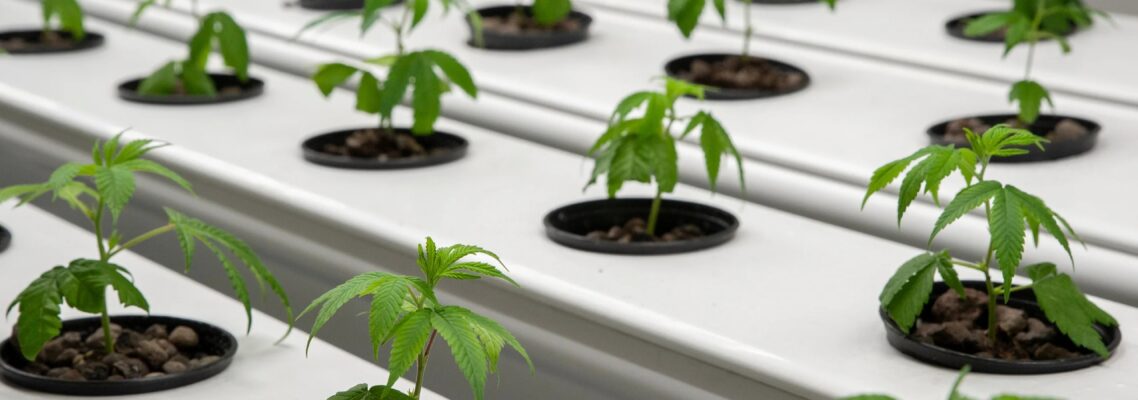Hydroponic Net Pots in Australia: Enhancing Plant Growth with the Right Hydroponic Soil
September 26, 2023

Hydroponics, a soilless method of growing plants, has gained immense popularity in Australia for its efficiency and the ability to produce fresh, healthy crops year-round. One essential component of a successful hydroponic system is the use of hydroponic net pots. In this article, we’ll explore the significance of these pots and the role of hydroponic soil in achieving optimal plant growth in the Australian hydroponic landscape.
Understanding Hydroponic Net Pots
Hydroponic net pots in Australia are specially designed containers that hold the growing medium and plant in a hydroponic system. These pots are typically made from sturdy, reusable materials like plastic and come in various sizes to accommodate different plant types. Their key features include:
Excellent Drainage: Hydroponic net pots have multiple holes or slits on their sides and bottoms to ensure proper drainage. This prevents waterlogged roots and allows for better oxygenation.
Support for Plants: The design of net pots provides ample support for plants, keeping them stable as they grow. This is especially crucial for vining plants like tomatoes or cucumbers.
Easy Transplanting: When it’s time to transplant seedlings into the hydroponic system, net pots make the process straightforward. You can simply lift the plant, growing medium, and pot together, minimizing stress on the roots.
Reuseability: Many hydroponic net pots are designed for multiple uses. This not only saves you money but also reduces waste, making them an eco-friendly choice.
The Role of Hydroponic Soil
While hydroponics is often associated with being soilless, there is still a critical component called “hydroponic soil” or “growing medium.” In hydroponic systems, the growing medium replaces traditional soil and serves several essential functions:
Anchoring the Plant: Hydroponic soil provides stability for the plant by anchoring its roots securely. This prevents the plants from toppling over as they grow.
Nutrient Retention: It retains and releases essential nutrients to the plant roots. The choice of hydroponic soil can significantly impact nutrient availability and absorption.
Aeration and Drainage: Hydroponic soil should have the right balance of aeration and drainage to ensure that plant roots receive oxygen while avoiding waterlogged conditions.
pH Buffering: Some hydroponic soils are designed to help maintain the ideal pH level for plant growth, ensuring that nutrients are readily available to the roots.
In Australia, a variety of hydroponic soils are available, including coconut coir, perlite, vermiculite, and rock wool. Each has its unique properties and benefits, making it essential to choose the one that suits your specific hydroponic setup and crop selection.
Conclusion
Hydroponic net pots, in conjunction with the right hydroponic soil, play a crucial role in the success of hydroponic systems in Australia. These components provide the necessary support, aeration, and drainage for plants to thrive in a soilless environment. With the right combination, you can enjoy year-round, bountiful harvests with your hydroponic garden in Australia.
